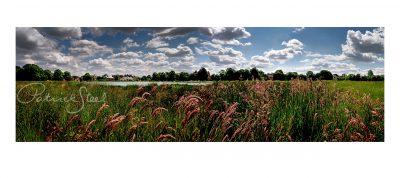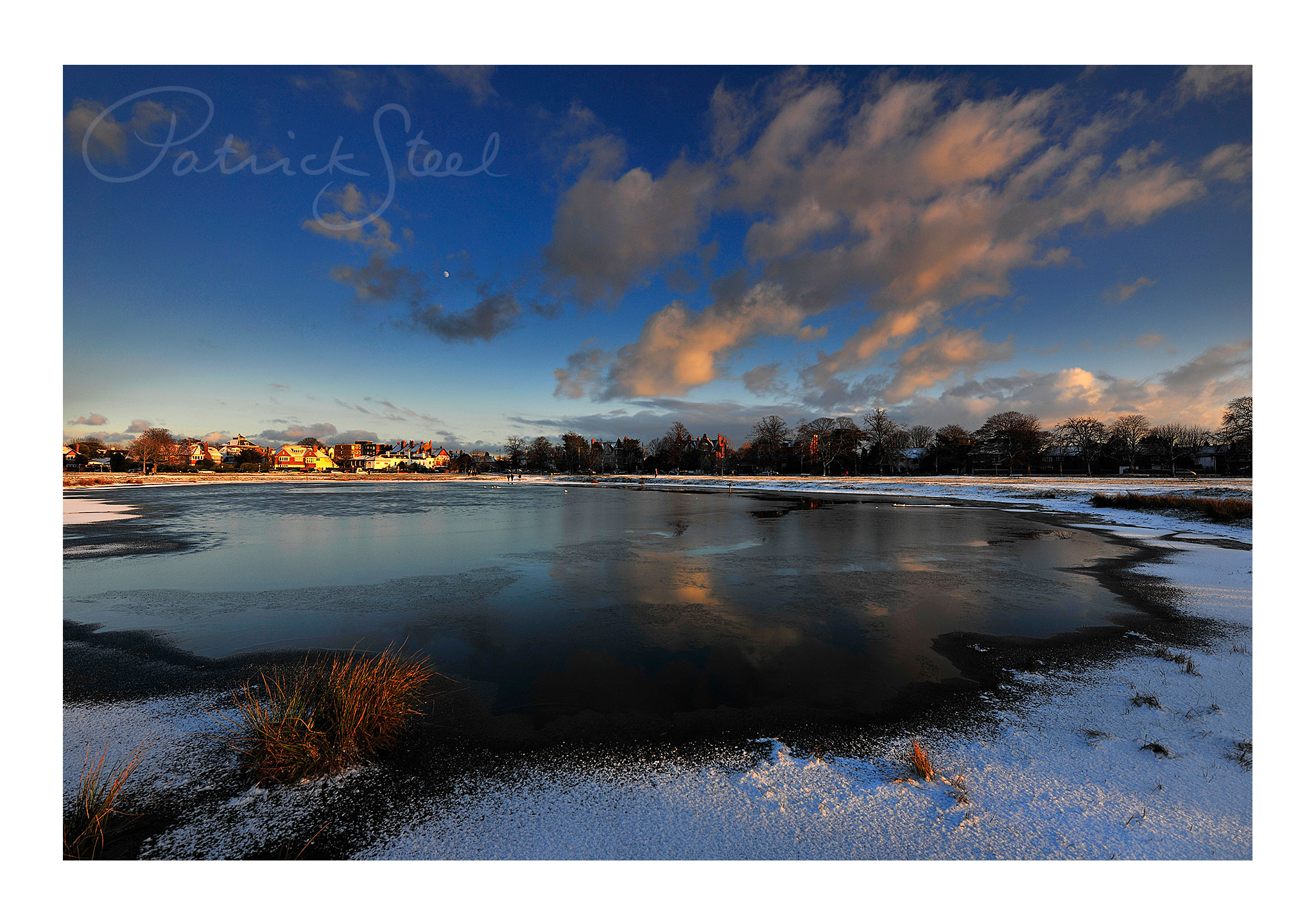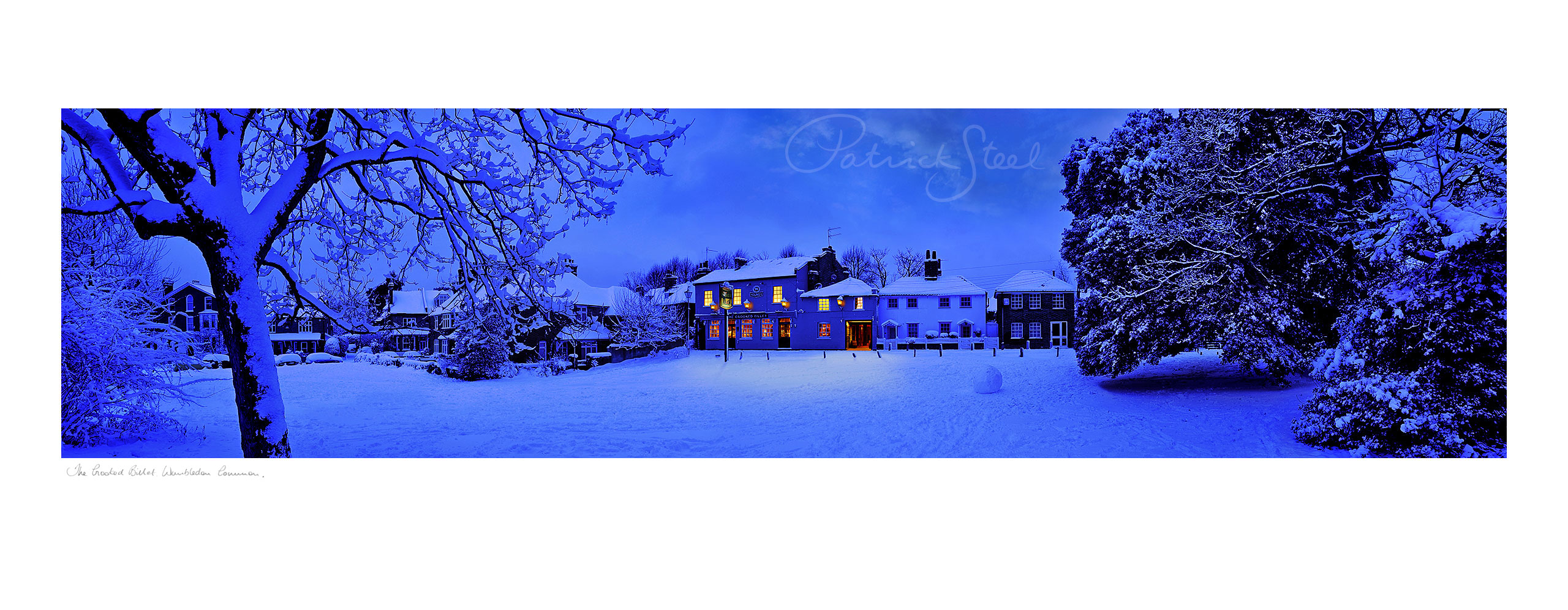Description
A Landscape photograph of the rear elevation of Hotel Du Vin, Wimbledon, from Cannizaro Park taken by Photographer Patrick Steel
The listed prices include: Dry mounting onto acid free board, window mounting, titled and signed in pencil and wrapped in a protective sleeve of polypropylene acetate film, ready for framing
Limited edition of only: 50
Sizes: Eight to choose from, please select from the drop-down menu above
Print type: Fine Art Giclée / Kodak Pro Lustre 270gsm Endura Paper
Watermarks: Patrick Steel’s watermark will not be present on a purchased print
Copyright: ©Patrick Steel
✓ Limited edition photograph
✓ Direct from the Artist
✓ Hand signed by Patrick Steel
✓ Free worldwide delivery
✓ Tracked & signed for delivery
✓ Paypal protection
✓ Secure SSL payment protection
✓ Excellent customer care and service
The Park & House: Cannizaro Park is a public park in Wimbledon in the London Borough of Merton. It is located to the south of Wimbledon Common and is known for its ornamental landscaped gardens with ponds and sculpture.
The park is Grade II listed on the Register of Historic Parks and Gardens
The park is the remnant of the gardens of the former country house at its centre (now a hotel). The house, originally known as Warren House, was built in the 18th century and was owned by the Grosvenor and Drax families who, for most of its history, let it to a series of wealthy tenants. The adjacent Royal Wimbledon golf course and the western parts of Wimbledon village were also once parts of the estate
Between 1785 and 1806, Home Secretary and Secretary of State for War, Henry Dundas, 1st Viscount Melville, occupied the house. At this time it was a major social centre for royalty and senior politicians (George III and Prime Minister William Pitt the Younger both stayed there regularly). Dundas organised the landscaping of the gardens, the basic structure of which remains today. Lady Jane Wood in the gardens is a memorial to his wife
In 1817, Sicilian Francis Platamone, Count St. Antonio and his Scottish wife Sophia leased Warren House and held regular parties and concerts, whose attendees included Prime Minister the Duke of Wellington and Mrs Fitzherbert, mistress of King George IV. The Count left his wife and returned to Italy in 1832 when he inherited the title Duke of Cannizzaro. The Duchess remained at Warren House until she died in 1841. After her death the house came to be known by her husband’s title (with a variation in the spelling)
A major fire at the beginning of the 20th century destroyed much of the house but it was rebuilt and extended to its current arrangement. In the 1920s Cannizaro House was owned by Admiral Plunkett-Ernle-Erle-Drax. He sold it to the Wilson family, its last private owners. During his exile from Ethiopia, Emperor Haile Selassie stayed in Wimbledon, and is commemorated by a modern bust in the park
The Wilsons owned the house until the late 1940s and made a series of improvements in the gardens with the planting of new trees, Rhododendrons, Azaleas and Camellias. In 1947, the house and gardens were sold to Wimbledon Borough Council. The gardens were opened to the public shortly afterwards and the house was for a time used as a nursing home
The London Borough of Merton sold the house in the 1980s and it was subsequently converted to its current use as a hotel. The surrounding gardens remain in council ownership and are open to the public. Most parts are well maintained, keeping the character of a large private garden, with many distinct areas and small “garden rooms”, but the elaborate Italian Gardens are largely unplanted. For a number of years the Italian Gardens saw opera performances in the summer as part of the Cannizaro Festival, but in 2013 the festival was not held
Wimbledon Common is a large open space in Wimbledon, south-west London, totalling 460 hectares (1,140 acres). There are three named areas: Wimbledon Common, Putney Heath, and Putney Lower Common, which together are managed under the name Wimbledon and Putney Commons. Putney Lower Common is separated from the rest of the Common by about 1.5 miles (2.4 kilometres) of built-up area of southwest Putney
Wimbledon Common consists mainly of a plateau of acidic grassland, the most notable area being The Plain. Scarcely a crest breaks the smooth table and nowhere can you find a summit. Soils are impoverished gravels, ideal for heathland and bogs. The land falls away to the west down through the other main habitat, mature woodlands, to Beverley Brook, where the geology is predominantly London clay
The golf course used by the two golf clubs is also a large feature of Wimbledon Common




